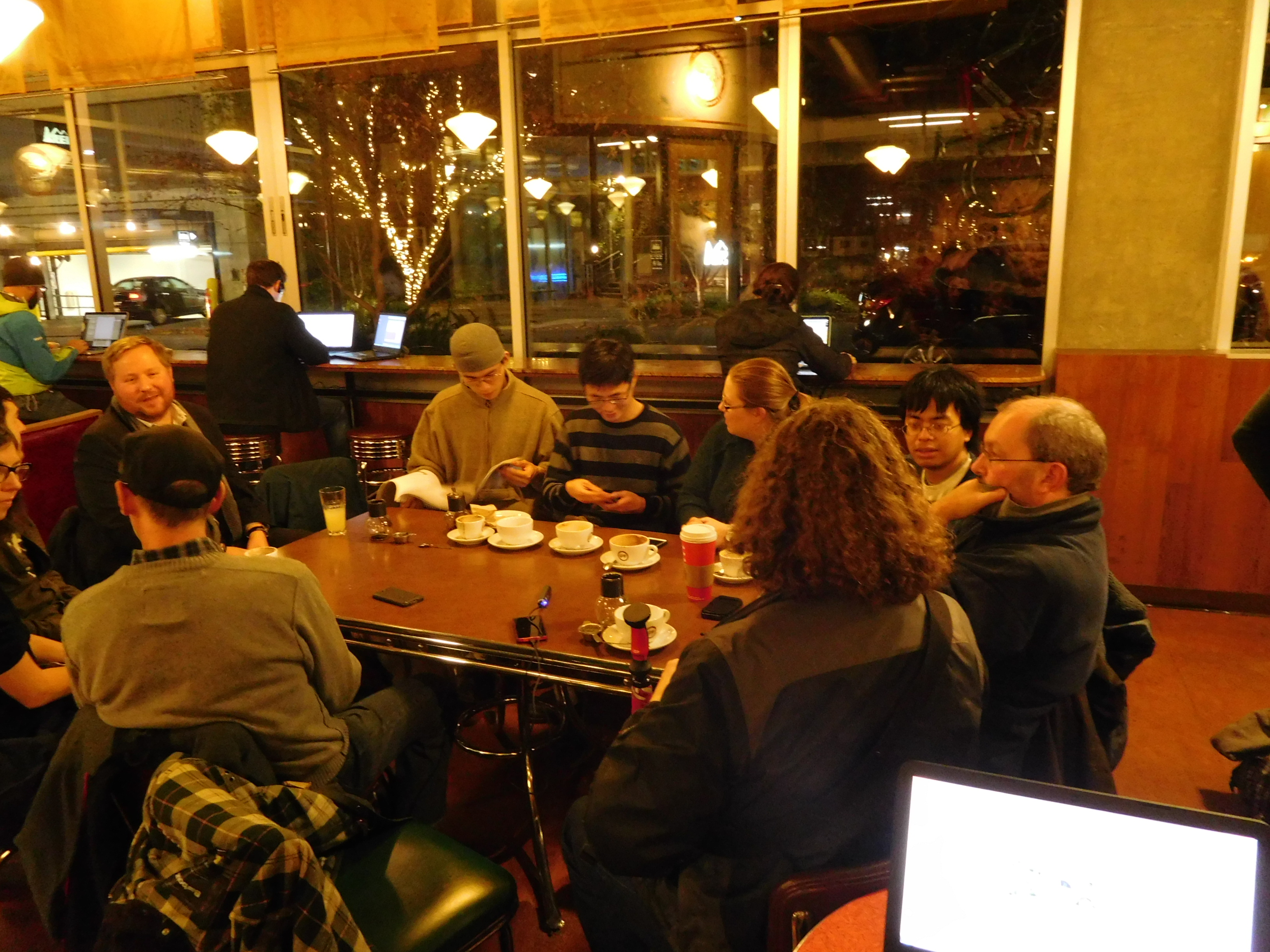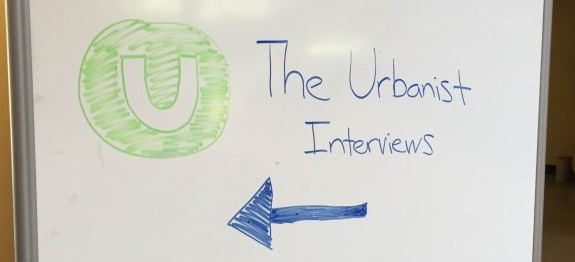2015 was a big year for The Urbanist. We passed our 1,000 post mark, incorporated federally as a nonprofit organization, and jumped into the local political arena with endorsements for the Seattle City Council (thanks to Ben Crowther, our Policy and Legislative Affairs Director).
We’ve put together walking tours, held special talks, encouraged public comments on official plans, and have seen growing attendance at our weekly (soon moving to monthly) meetups. We also presented at the National Planning Conference, telling a room full of curious planners how resources like The Urbanist can contribute to policy decisions and public participation. And recently, I (Scott Bonjukian) presented to the Seattle City Council on the need to lid Interstate 5 after publishing a series of articles making the case.

We’re proud to say our readership is growing: we tripled our reach over 2014. We have over 2,400 followers on Twitter, 1,150 followers on Facebook, and 470 followers on Instagram. We cannot express our humbleness and gratitude for our supporters enough. It’s folks like you that we depend on for inspiration, commentary, and action. Stay tuned for additional ways to get involved and how you can continue supporting our work.
Our most viewed posts covered a variety of topics. Here’s a quick recap of our most popular work this year (click the titles to view):
- “Why Urbanists Must Support Linkage Fees And Inclusionary Zoning: A Scalable Policy For Affordable Neighborhoods” made a very extensive economic and social equity case for affordable housing impact fees (not for the feint of heart!)
- “Downtown Seattle Transit Capacity Is At The Breaking Point” examined why Sound Transit is looking at building a second downtown transit tunnel.
- “Seattle/King County: 3rd Largest Homeless Population In 2013 HUD Report” presented a sobering breakdown of the homeless population in the United States, but the numbers show there is reason for encouragement.
- “The Seattle Times On Single-Family Zoning: Inflammatory And Factually Inaccurate” slammed our local newspaper for bad reporting on a mayoral committee’s recommendations for changes to low-density residential neighborhoods.
- “Light Rail in ST3: A Region-Defining Decision” by Anton Babadjanov analyzed the different options for high-capacity transit in Seattle that will be coming to a public vote next year.
Impressively, four of the top five articles were written by our Executive Director, Owen Pickford. Thanks for your tireless efforts Owen!
Standing out on its own was the Baugruppen series by architect Mike Eliason. His series captured the imagination of many readers by showcasing an alternate residential development model which is popular in Europe; it even had a mention on Vox. We also enjoyed the design insight offered by Sarah Oberklaid, our Creative and Design Lead, in her work on Pike Place Market and other local projects.
And the articles that garnered the most reader discussion:
- “Why the HALA Single-Family Upzones Died” by Robert Cruickshank analyzed the war of words and differences in advocacy tactics between neighborhood preservationists and urbanists.
- “Spot Fix: Put People First At Pike Place Market, Ban Cars” by Stephen Fesler argued why Seattle’s iconic market should be more pedestrian-oriented.
- “Metro Proposes Bus Restructures Around New Light Rail Stations” by me broke the news about King County Metro’s proposals to redesign the Capitol Hill and Northeast Seattle bus network.
- “Will Linkage Fees Keep Properties Off the Market?” by Michael Goldman discussed how impact fees affect local real estate markets.
- “The Case for a NE 130th Street Station” by Renee Staton made an argument for an infill light rail station in north Seattle, something that Sound Transit may be coming around to.
And with that, all of us here at The Urbanist wish you a very happy New Year! We’ll be back next week.
Scott Bonjukian has degrees in architecture and planning, and his many interests include neighborhood design, public space and streets, transit systems, pedestrian and bicycle planning, local politics, and natural resource protection. He cross-posts from The Northwest Urbanist and leads the Seattle Lid I-5 effort. He served on The Urbanist board from 2015 to 2018.


